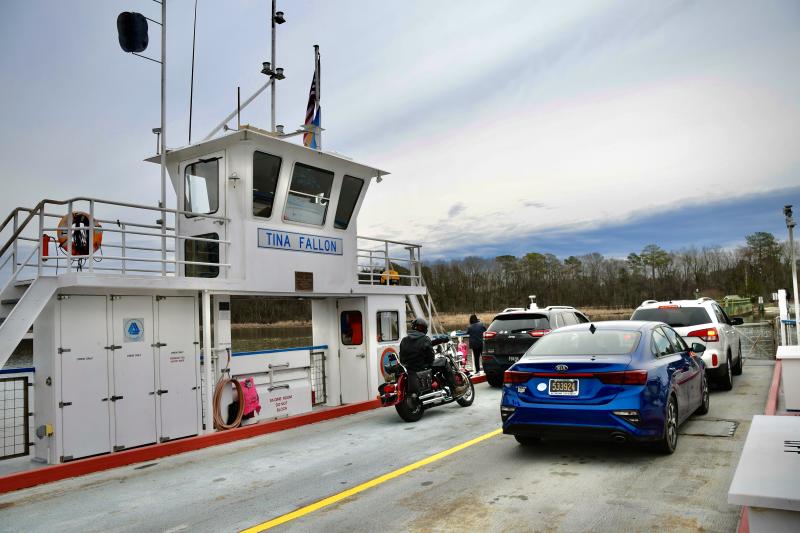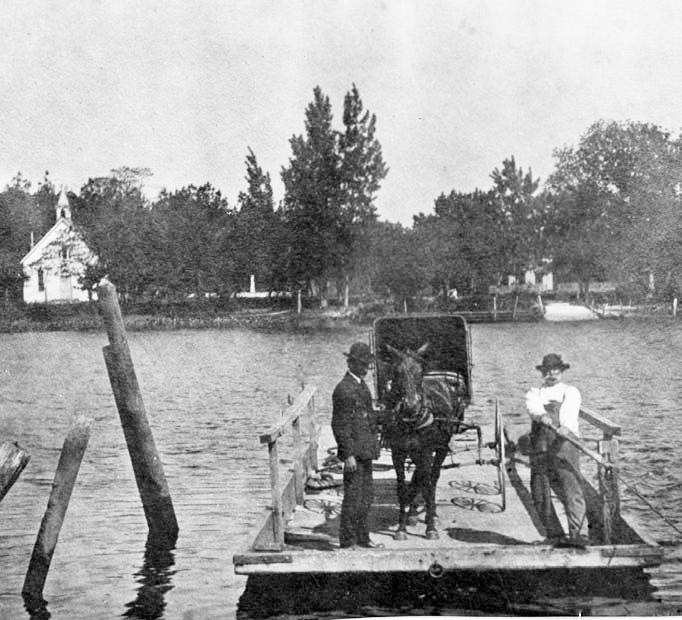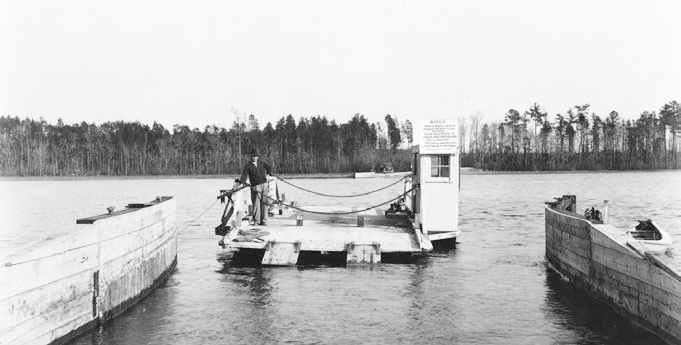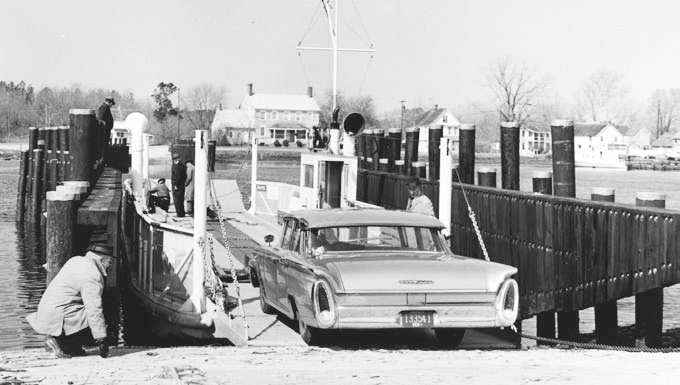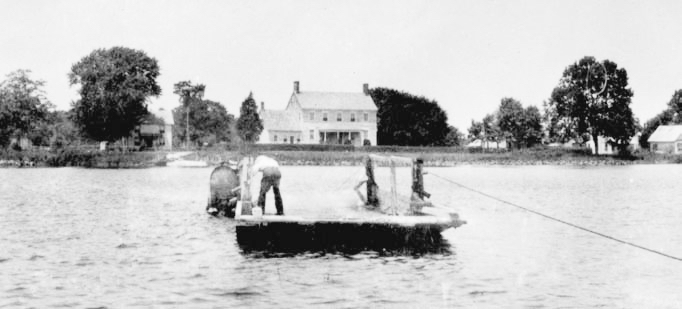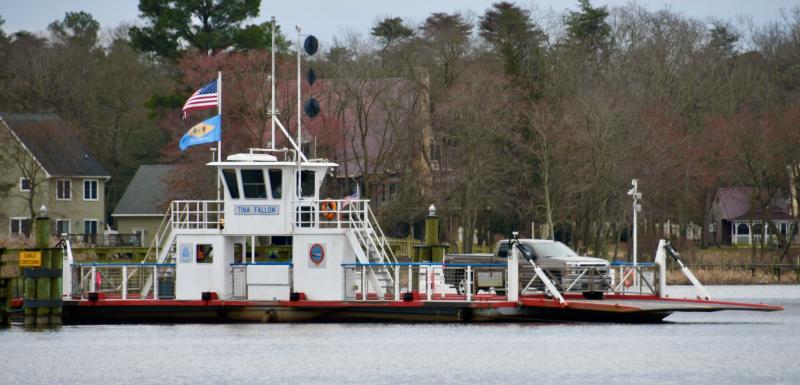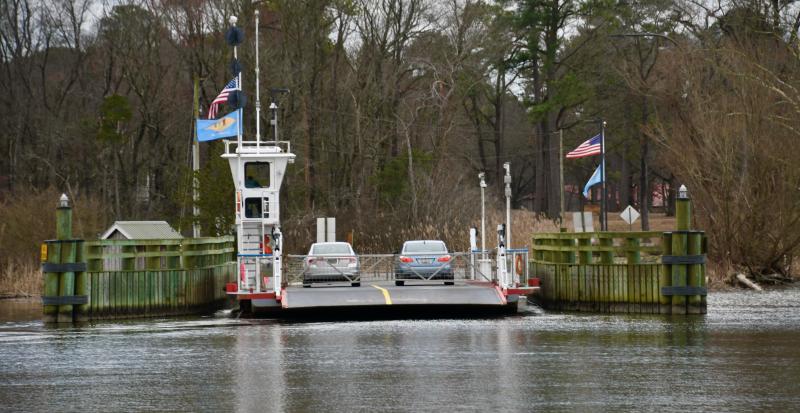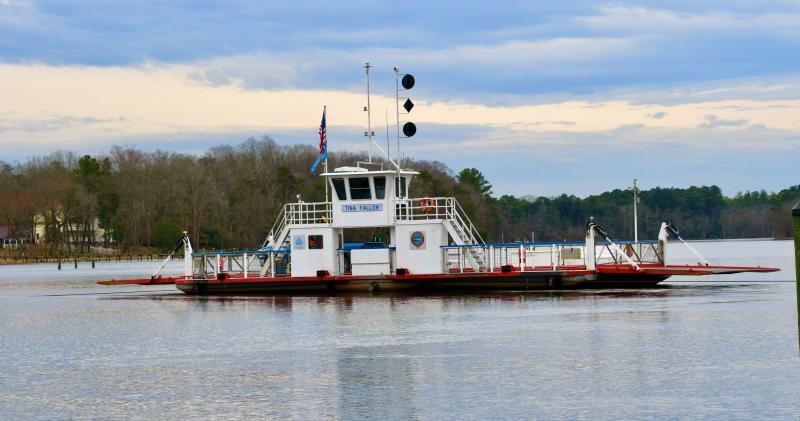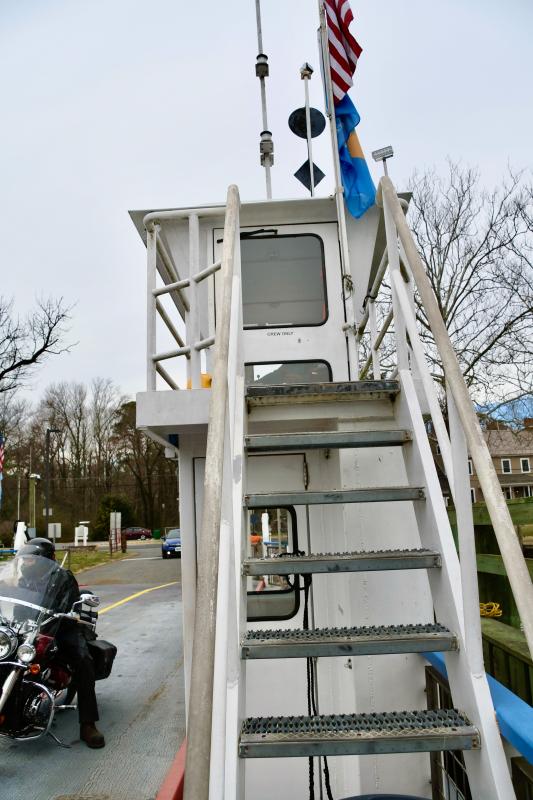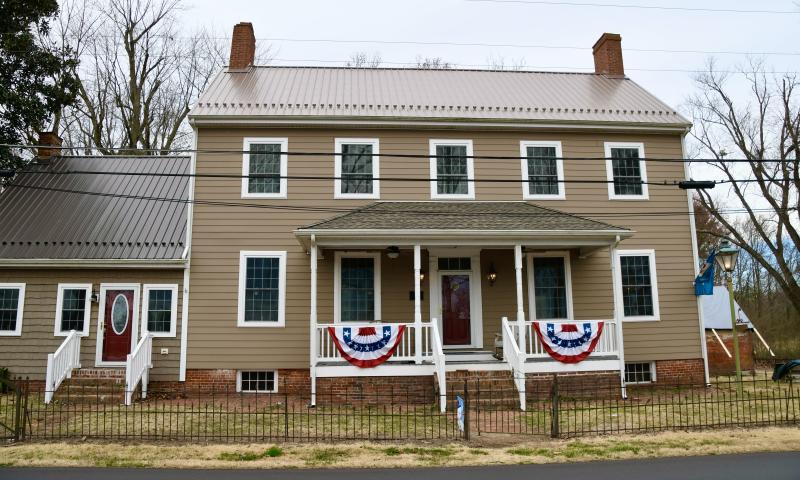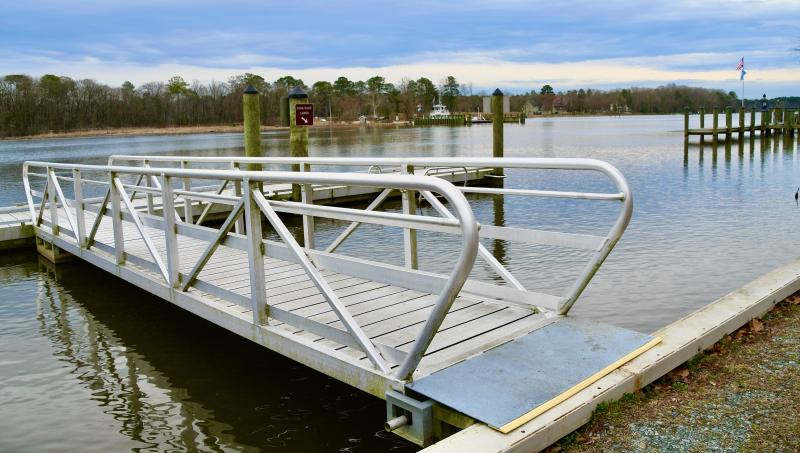Woodland Ferry dates back nearly 300 years
On the eastern side of Sussex County, when you say the word ferry, it means the Cape May-Lewes Ferry. But on the western side of the county, another ferry comes to mind.
There are few spots in Sussex County that have a story to tell even close to that of the Woodland Ferry. A ferry has been crossing the Nanticoke River for nearly 300 years between Seaford and Laurel and Bethel. The ferry may be the longest-continuing operating ferry in the United States.
That story involves murder and an infamous family hated by locals.
Although the exact date when a ferry starting operating at the site is not known, it's believed James Cannon established a ferry between 1734 and 1748. The Cannon family would operate the Cannon Ferry for more than 100 years, up to the 1880s.
The first ferry customers – who paid from 5 to 30 cents one way – were rowed across the river in a small scow, a flat-bottomed boat with a sloping square bow and stern.
The Cannons
When James Cannon passed away in 1780, his wife Betty and sons Isaac and Jacob Jr. were granted exclusive rights by the state to operate a ferry.
The brothers became two of the richest men in the area, owning more than 5,000 acres of land and a fleet of merchant ships sailing from Seaford to Baltimore. They were also slaveholders, and as late as 1840, they had 30 slaves.
They acquired most of their land through foreclosures and their money from high interest they collected on loans.
William Morgan, a local historian at the time, wrote: “After 50 years cheating, oppressing and distressing, selling and taking everything they could lay hold of, they lie in their graves unlamented and unmourned by any except a few flatterers. Two other such men have not lived in this county, and we hope two other never may.”
After their mother died in 1828, they continued to operate the ferry until 1843. On April 10, as Jacob Cannon stepped off the ferry, he was met by Owen O'Day, who had been accused by Cannon of stealing a bee gum, a hollow log holding a bee's nest and honey, from him.
A bitter argument ensued, ending with O'Day shooting Cannon “dead on Cannon's wharf.” His brother Isaac died a month later.
The brothers were so disliked, no action was immediately taken against the assailant and he was able to get out of the area. Their sister Luraney Boling took over the operation into the 1880s.
DelDOT takes over
In 1883, the Delaware General Assembly passed an act authorizing Sussex County Levy Court (now county council) to establish and maintain a ferry.
The county hired William Ellis and paid him $119.99 per year to operate the crossing.
In 1930, the first mechanized ferry was fitted with a Ford Model T engine. Then in 1935, the Delaware State Highway Department (now DelDOT) took over responsibility for maintenance of all county roads and associated structures, including the Woodland Ferry.
Since then, DelDOT has purchased three ferries, including a wooden boat in 1937 and the all-steel Virginia C for $50,000 in 1961. Powered by a diesel engine, the ferry held up to three vehicles. It remained in service for nearly 50 years until the state purchased a new ferry in 2008 and named it the Tina Fallon, in honor of longtime state representative and retired teacher Tina Fallon. She served the Seaford area from 1978-2006.
Together with much-needed improvements to the wharves and slips, the total cost of the project was $3.2 million.
I have slight connections to both namesakes of the modern ferries.
The Virginia C, in operation for 46 years until 2007, was named after the wife of former Highway Commissioner Dallas Culver of Seaford. As a young man growing up in Seaford, I cut Mr. Culver’s expansive yard around the former Lawrence Mansion. Using a push mower, it took me most of the day to cut his grass.
Not only did I have Tina Fallon as a seventh-grade science teacher, over the years we also grew to become good friends.
Ferry issues
There are issues associated with operating a boat. Over the years, because of repairs, there have been several periods with no service.
In 2019, the ferry was closed for months after an engine overhaul went sideways. A Baltimore contractor was held liable after delivering the boat with its new engine flooded with sea water.
Then in 2020 and continuing into this year, more closures are occurring because of a lack of qualified captains to operate the ferry. Down to one of three captains, hours are limited and weekend service has been halted. The ferry is now open 7 a.m. to 4 p.m., Monday through Friday. It’s closed daily from 11 a.m. to noon for the captain's lunch time and every Thursday morning for routine maintenance.
Charles “C.R.” McLeod, DelDOT’s director of community relations, said the department has done multiple job postings with no success in hiring more captains.
“We are working to create an entirely new classification for the ferry captain position, which will hopefully help us recruit some additional captains by offering higher pay. Until we are able to hire additional staff, the limited hours of operation will continue,” he said.
Every time there is an issue, talk surfaces about doing away with the ferry or building a bridge. DelDOT officials have emphatically stated a bridge will not get built at the site because of cost and environmental issues. The figure of $80 million has been thrown around.
When you consider about 150 to 200 vehicles per day use the ferry, it would be pretty hard to justify a multimillion-dollar bridge.
DelDOT records show that it cost about $400,000 per year to operate the ferry. That comes out to about $5 per vehicle.
The ferry provides a viable shortcut and saves motorists 30 minutes or more driving between Seaford and Laurel, but its days may be numbered.
Cannon Hall
Historic Cannon Hall, built by Jacob Cannon around 1812, still stands near the entrance to the ferry. It was built for his bride-to-be, and Jacob refused to live there when she jilted him. Following a fire in 2010, it appeared the building may not stand much longer. However, thanks to the efforts of new owners Don and Kathy Martin, Cannon Hall is being restored.
Woodland
The small hamlet of Woodland is only a remnant of what it once was. Although it has a new kayak launch and is a peaceful spot to stop and enjoy the beauty of the Nanticoke River, the village once had a store, tavern and post office.
Services are still held every Sunday at Woodland United Methodist Church, where most of the members have strong roots in the Woodland community.
